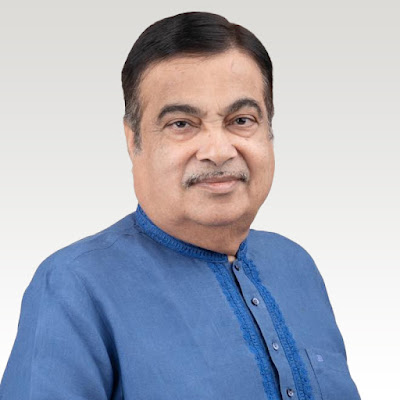WORLD MILK 🥛DAY
World Milk Day, observed every year on June 1st, is a global celebration established by the Food and Agriculture Organisation (FAO) of the United Nations in 2001. The goal is to recognise the importance of milk as a global food and raise awareness about its nutritional benefits and contribution to our health and economy.
🐄 Why Do We Celebrate World Milk Day?
Milk is more than just a drink—it’s a complete food. It provides essential nutrients that are especially important for growing children, such as:
Calcium – for strong bones and teeth
Protein – to build muscles
Vitamins A, D, B12 – for immunity, vision, and energy
Potassium and Phosphorus – for healthy body functions
World Milk Day is also an opportunity to appreciate the efforts of dairy farmers, milk processors, and everyone in the dairy industry who work hard to deliver fresh milk and dairy products to our tables.
🌎 The Global Impact of Milk
Milk is consumed by millions of people across cultures. From a glass of warm milk to paneer, cheese, yogurt, and ice cream—dairy is an important part of daily life in many households. The dairy industry also provides jobs and income to millions, particularly in rural areas.
In countries like India, which is the largest milk producer in the world, dairy farming plays a crucial role in the agricultural economy and in ensuring food security.
🧒 Milk and Children: A Vital Connection
For students and young people, milk is a powerhouse of nutrition. Drinking milk daily:
✅ Strengthens bones and teeth
✅ Supports height and growth
✅ Improves concentration and brain health
✅ Boosts immunity and energy
In many schools around the world, milk is part of midday meal programs to improve child nutrition.
🌿 A Note on Sustainable Dairy
As we celebrate milk, it’s also important to consider sustainable dairy farming. The dairy industry is working to reduce its environmental footprint by:
Using renewable energy
Managing animal welfare responsibly
Reducing greenhouse gas emissions
Promoting organic and local milk production
By supporting eco-friendly dairy practices, we help protect the planet while enjoying healthy food.
🎉 How Can You Celebrate World Milk Day?
Whether at school, home, or in your community, here are some fun ways to celebrate:
🥛 Milk-tasting events – Try different types of milk (cow, buffalo, plant-based)
🎨 Poster-making contests – Create artwork about the benefits of milk
📚 Essay or speech competitions – Raise awareness among peers
📸 Social media shoutouts – Share your milk moments with hashtags like #WorldMilkDay
💬 Thank a dairy farmer – Show appreciation to those behind the scenes
🕊️ A Toast to Health and Wellness
Milk is a symbol of good health, strength, and growth. On this World Milk Day, let’s take a moment to appreciate this natural gift, educate ourselves about its benefits, and support responsible dairy practices.
So, pour yourself a glass of milk, raise a toast, and say:
“Here’s to strong bones, healthy bodies, and a brighter future!” 🥛🌍
















